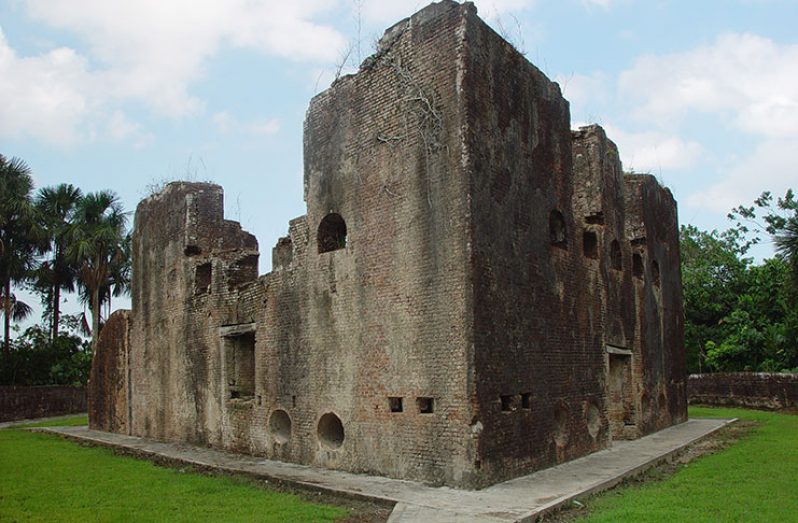–remembering Guyana’s historic past
SLAVERY, a word that speaks of bondage, captivity, yoke and many more inhuman conditions is really what many Guyanese people originated from.
And none of them have so far expressed anything other than sadness at even the thought that any of their ancestors had to endure that experience.
At this time when the country is celebrating over 50 years as an independent nation, education and information may be two of the best tools by which people would be motivated to beneficial action. Certainly there is no time to look back with vengeance, but to now feel a sense of liberty and being propelled to action, which would make life better.
The Ministry of the Presidency and the Department of Social Cohesion, Culture, Youth and Sport, as part of International Museum Day, under the theme, “Hyperconnected museums: New approaches, new publics” invited a number of teachers-in-training, university students, along with other officials to visit Fort Zeelandia and the Court of Policy Hall, two national heritage sites once occupied by the Dutch.

The Fort and the Court of Policy were part of a large urban settlement on Fort Island during the Dutch occupation.
This island, which lies at the mouth of the Essequibo River, was at one time an established community, which was actually regarded as the Seat of Government for the Dutch settlers.
According to the Guyana National Trust, this monument was once the seat of the Dutch administration in the colony of Essequibo for over 40 years, which was before the development of Demerara.
However, as currently set out on the island are the two buildings, which are buildings of the Dutch West Indian Company and were amongst the first non-indigenous structures that were constructed in Guyana.
The National Trust of Guyana regards Fort Zeelandia and the Court of Policy as representing the skill and creativity of the Guyanese people, identifying it as “a testimony to the cultural patrimony of the nation.”
The Court of Policy was built from solid brick, 103 feet long and 36 feet wide, with walls that are about 24 inches thick.
It was used as a courthouse; a place where many slaves were locked away, tortured and or put to death, among other activities.
The Fort and Court of Policy were declared national monuments by the Guyana Government in 1999 and are being maintained by the National Trust of Guyana.




.png)









